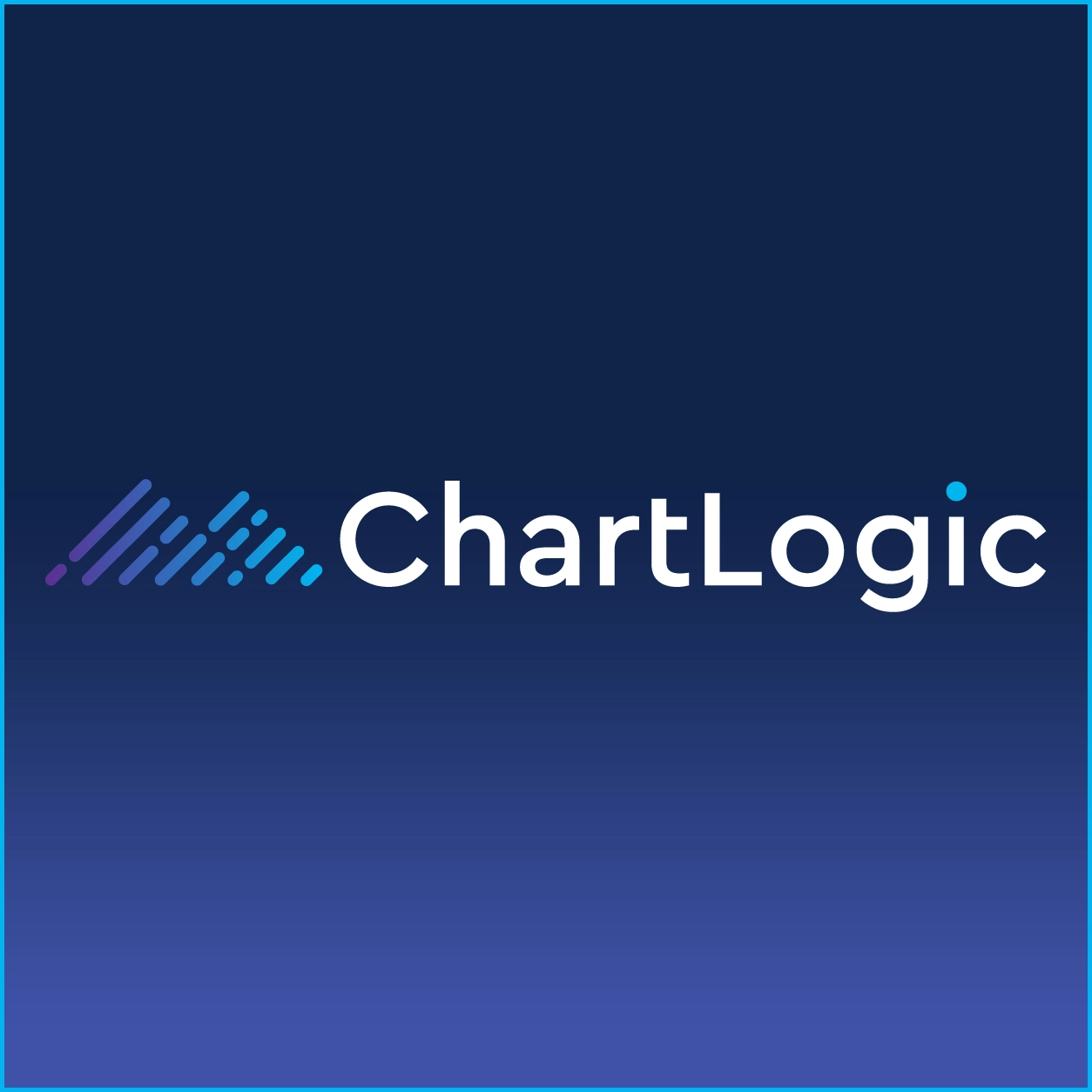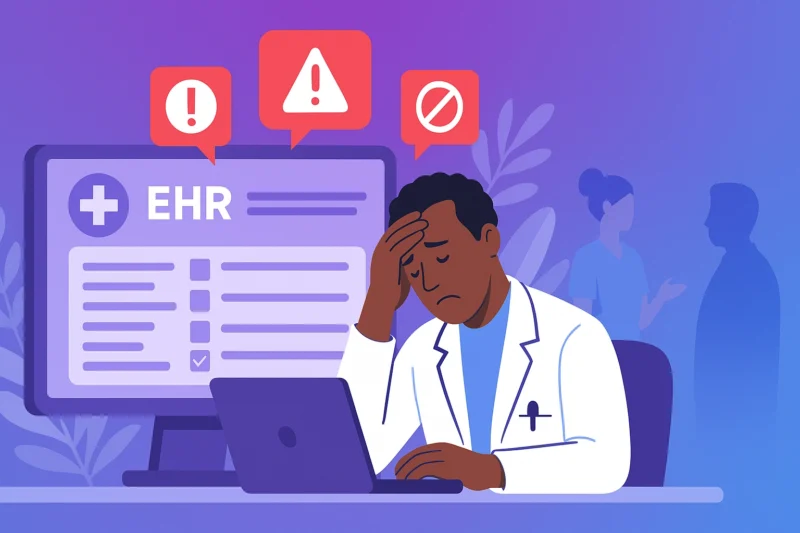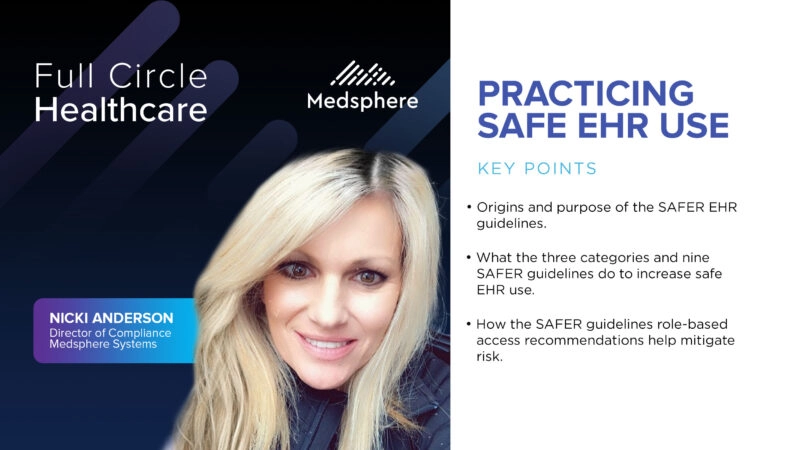The Human Cost of Poor EHR Design: What Healthcare Professionals Really Think
When Technology Becomes a Barrier to Care
Electronic Health Records promised to revolutionize healthcare delivery. Yet for many physicians and clinical staff, EHRs have become a source of frustration, stress, and burnout rather than the efficiency tool they were meant to be. At ChartLogic, we believe it’s time to listen to the voices that matter most—the healthcare professionals who use these systems every day.
We asked physicians, nurse practitioners, and clinical leaders a straightforward question: How does EHR design affect your clinical workload, stress levels, or overall job satisfaction?
Their responses paint a clear picture: EHR design isn’t just a technology issue—it’s a human issue that directly impacts provider wellbeing and, ultimately, patient care quality.
The Direct Link Between Design and Burnout
Dr. Francisco Contreras, MD, Director at Oasis Of Hope Hospital, doesn’t mince words about the impact of poor EHR design:
“EHR design has a direct impact on clinical workload and stress. When systems are clunky, non-intuitive, or require excessive clicks and documentation time, it pulls focus away from patient care and contributes heavily to burnout.”
Dr. Contreras highlights a critical issue: “Poorly designed EHRs fragment the clinical workflow and force physicians to spend more time documenting than interacting with patients.”
However, he also sees the potential for well-designed systems: “When EHRs are streamlined, with features like customizable templates, smart order sets, and integrated decision support, they can actually enhance efficiency and reduce mental fatigue. The goal should be designing systems that support, not distract from, the human side of medicine.”
From Healers to Data Entry Clerks
Dr. Julio Baute, Medical Doctor at Invigor Medical, articulates a frustration shared by many primary care physicians:
“EHR design is a never-discussed problem, and we all know it is one of the most important tools for primary care. When the system is too complicated, with a bunch of pop-ups, redundant fields, and difficult-to-access lab orders, we feel more like data entry personnel, more than doctors.”
Dr. Baute offers specific solutions for what an effective EHR should include:
- Auto-generated demographics and chronic medications from prior visits
- Labs and imaging visible on one screen without modal pop-ups
- Smart problem lists with guidelines and dosing ranges
- Simple prescription sending
His conclusion is powerful: “A clean, simple, and intuitive EHR turns documentation into a secondary task and frees doctors to look more to the patient than to the screen. Every unnecessary click is like a tiny tax on that relationship with the patient and on the clinician’s well-being.”
The Efficiency Paradox: More Patients, Less Connection
Dr. Eileen Wang, Physician at Modern Menopause, identifies a fundamental contradiction in how EHR efficiency is leveraged:
“This feels like one of the big contradictions in medicine today. EHR is great because it’s so efficient, but how that efficiency is leveraged has a huge impact on physician burnout.”
Dr. Wang shares her experience: “I used to work at a large hospital, and EHR use there just meant that I saw more patients in a day without ever getting a chance to slow down and connect or think deeply about my interactions.”
Her vision for EHR use is clear: “Ideally, EHR should allow physicians to spend more time with each individual patient, rather than more time seeing more patients.”
The Features That Save Time—and Those That Waste It
Dr. Austin Shuxiao, MD Physician at Peach IV, provides a comprehensive analysis from experience with multiple systems including Epic, paper charts, and legacy EMRs:
Features That Work:
- Search functionality: “A lifesaver sometimes. Sometimes I’m not sure if a patient was on a medication in the past, and it is a huge timesaver to just search for the medication.”
- Remote access: “Modern EMRs like Epic are great in that they allow us to do these things” from home for following up on labs or reviewing charts.
- Templates and dot phrases: “Saves time when importing things like labs, imaging, or pedantic information.”
Critical Frustrations:
- System lag: “The EMR is constantly updated, and needs to sync with a central database… But it still drives me crazy, especially when there is urgency.”
- Alert fatigue: “Epic bombards me with pop-up warnings and reminders. Some are critical, while some appear critical but are essentially meaningless… important alerts are lost in the noise, which can impact patient care.”
- Poor interoperability: “Hospital systems often use different systems for different functions… This fragmentation forces me to manually keep track of scattered information.”
- Single chart limitation: “Some EMR’s make me save and close the current patient chart to access another patient chart. This can kill my train of thought.”
The Indispensable Tool That Needs Work
Dr. Maybell Nieves, Surgical Oncologist at AlynMD, acknowledges both the necessity and the shortcomings of current EHR systems:
“I do think better design of EHR can reduce stress levels and physicians burnout. Definitely EHR are a great tool that have help not only in the work flow but also in the order at the office.”
However, she points to specific pain points: “Sometimes is very difficult to see other visits the patient has been to and trying to find the test results always slow me down.”
Her conclusion reflects a common sentiment: “I can say that for me EHR is indispensable in my practice but I’ll be very happy when it becomes more friendly especially in this two situations I described.”
When Rigidity Limits Clinical Judgment
Dr. Austin Anadu, Medical Doctor at AlynMD, appreciates the documentation benefits while highlighting coding challenges:
“EHR makes documentation easier, and it’s faster to refer to old records. Personally, I’ve had better experiences with electronic health records, but I’ve had some troubles with them.”
Dr. Anadu’s primary concern centers on flexibility: “My big concern is when medical coding isn’t properly done or isn’t extensive. This causes some trouble getting an exact diagnosis, and it can be stressful. Apart from being easy to use, EHRs can be so narrowed at times and kind of confine the user to a particular route, reducing flexibility.”
The Clear Message: Design Decisions Have Human Consequences
The insights from these healthcare professionals reveal several critical themes:
1. Time Is Being Stolen from Patient Care
Every unnecessary click, redundant field, and system lag represents time taken away from direct patient interaction. When physicians spend more time documenting than treating, both provider satisfaction and patient outcomes suffer.
2. Alert Fatigue Is Dangerous
When systems bombard users with non-critical alerts, important warnings get lost in the noise. This isn’t just an annoyance—it’s a patient safety issue.
3. Fragmentation Creates Cognitive Burden
When information is scattered across multiple systems or difficult to access, physicians must hold more information in working memory, increasing stress and the likelihood of errors.
4. One Size Doesn’t Fit All
Primary care physicians, specialists, and hospital-based providers all have different workflow needs. Rigid systems that force all users into the same pathways create inefficiency and frustration.
5. The Human Touch Is Being Lost
Perhaps most troublingly, poor EHR design is coming between physicians and their patients, turning healers into data entry clerks and reducing medicine to a series of checkboxes.
The Path Forward: Physician-Centered Design
What these healthcare professionals are asking for isn’t revolutionary—it’s reasonable:
- Intuitive interfaces that minimize clicks and reduce documentation burden
- Smart features that anticipate needs without creating interruptions
- Flexible workflows that adapt to different specialties and practice styles
- Seamless integration that presents information when and where it’s needed
- Thoughtful alerts that respect physician judgment and time
At ChartLogic, we believe EHR design should start with a simple question: How can we help healthcare professionals spend more time doing what they do best—caring for patients?
It’s Time for Change
The message from healthcare professionals is clear: Current EHR design is contributing to burnout, affecting job satisfaction, and interfering with patient care. But it doesn’t have to be this way. When EHR systems are designed with the end user in mind—when they support rather than hinder clinical workflows—they can enhance both provider wellbeing and patient outcomes.
As Dr. Contreras reminds us, the goal should be “designing systems that support, not distract from, the human side of medicine.”
At ChartLogic, we’re committed to being part of the solution. By listening to healthcare professionals, understanding their workflows, and prioritizing user experience in our design decisions, we’re working to create EHR solutions that reduce burden rather than add to it.
Because when we support our healthcare providers, everyone benefits—physicians, staff, and most importantly, patients.
ChartLogic is dedicated to creating EHR solutions that prioritize physician wellbeing and patient care. We believe that better design leads to better outcomes—for everyone. Learn more about our physician-centered approach to EHR design at chartlogic.com.
Join the Conversation
We want to hear from you. How has EHR design impacted your practice? What features would make the biggest difference in your daily workflow? Share your thoughts and help us build better solutions for healthcare professionals.
Contact us at chartlogic.com/contact to share your EHR experiences or learn more about our physician-centered design approach.





